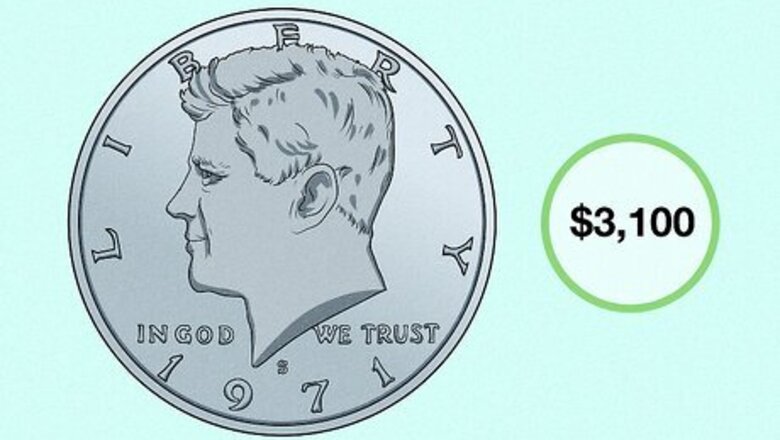
views
1971 Kennedy Half Dollar Values (D, S, or No Mint)
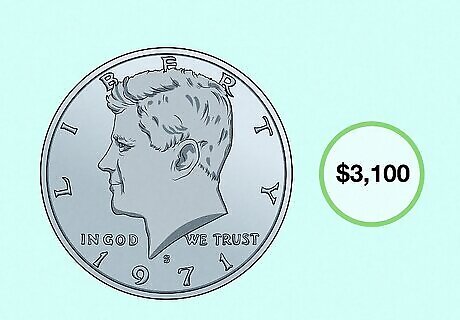
Uncirculated 1971 Kennedy Half Dollar coins are worth up to $3,100. A 2025 report by the NGC Price Guide suggested that 1971 Kennedy Half Dollars in uncirculated condition have sold for up to $3,100. Uncirculated, mint-condition coins aren’t incredibly rare, but they are worth more than circulated coins. The coin that sold for $3,100 had a mint state grade of 68. A grade of 70 applies to a perfect coin, so this one had to have been incredibly well-preserved.
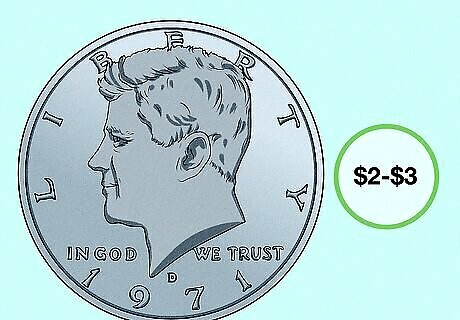
Most 1971 Kennedy Half Dollar D coins are worth $2 to $3. According to a 2022 price guide, most circulated 1971 half dollars with a D mint mark are worth face value, or $0.50. Those in mint state can fetch $2 to $3. The D means they were minted in Denver. Find the mint mark by looking at the small letter below Kennedy’s profile on the face of the coin. Some coins have no mint mark.
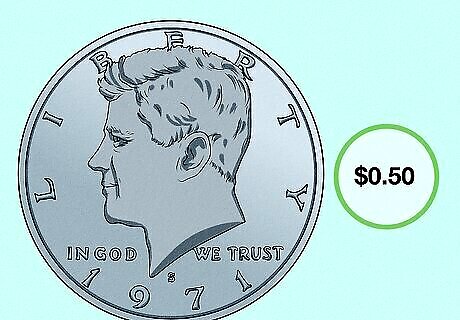
1971 Kennedy Half Dollar S coins are usually worth $0.50. A 2022 price guide estimated that 1971 50-cent pieces with an S mint mark are only worth face value—half a dollar. However, if you have a proof coin, it could go for $5 to $6. One proof coin even sold for $1,821 at auction in 2013. Your coin may be a proof if it has a mirrored surface across the coin’s negative space and the designs on the coin are frosted—what’s officially known as the “cameo” effect. If you’re unsure, consult a professional grading company. Proof coins are high-quality coins that are minted as collectibles. They’re not intended to be circulated for use as currency. The “S” means the coin was minted in San Francisco. Spot the mint mark below Kennedy’s profile.

1971 Kennedy Half Dollar coins with no mint mark are worth $1. These coins may also be referred to as 1971 Kennedy Half Dollar P coins because they were minted in Philadelphia. However, they don’t actually have a “P” mint mark. The database CoinTrackers.com assigns them an estimated value of $1.01, but coins that are in mint condition could sell for up to $46. Like the other 1971 Kennedy Half Dollar coins, the 1971 half dollar without a mint mark is made of a copper-nickel composition. The US Mint stopped issuing Kennedy Half Dollars in silver after 1970.
Error Coins and Their Values
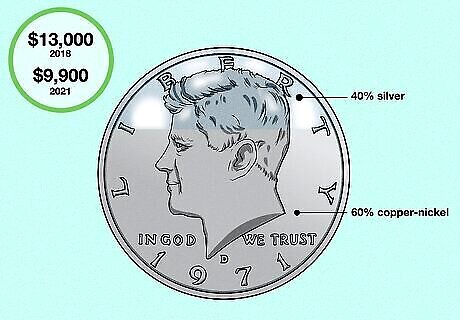
1971-D Struck on a 40% Silver Planchet In 1971, the U.S. Mint stopped making half dollar coins with silver. However, some 1971-D Kennedy Half Dollar coins were mistakenly struck on a 40% silver planchet. Planchets are the blank metal discs with rims that are struck (stamped with a design) to become coins. Value: A coin with this error and a grade of MS61 sold for $13,000 in 2018. Another one sold for $9,900 in 2021. One way to check if your coin is silver is to view the rim. If the rim has a solid silver edge, it could indicate the coin is silver and not copper-nickel clad. To be sure, it’s best to take it to a professional coin grader.
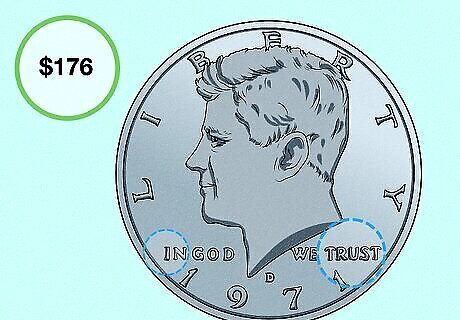
1971-D with Doubled Die Obverse Some 1971 Kennedy Half Dollars with a “D” mint mark feature an error known as a doubled die. Such coins have overlapping designs because the die (stamp with the design) was misaligned when they were minted. Experts have identified doubling on the word “TRUST” on one coin, and on the “I” in “IN” on another. Value: A coin with this error sold for $176 in a 2017 auction. A double-die obverse coin has signs of doubling on the heads side of the coin. A die is a stamp used to press a design into a coin.

1971-D Struck on a Nickel Planchet Occasionally, a planchet from one coin denomination is struck with the die from another one. When this happens, the wrong design is stamped onto the coin. For example, an unknown number of 1971-D Kennedy Half Dollar coins were struck on a nickel planchet. Coins with this error have their designs cut off around the edges and are dull gray. Value: One MS63-grade coin with this error sold for $940 in 2014.
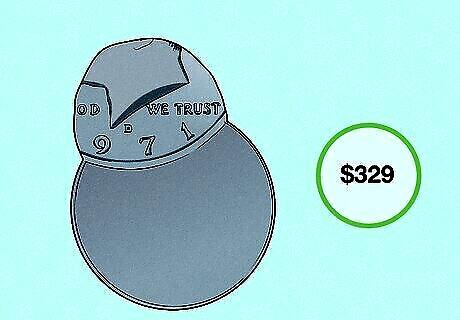
1971-D Struck 60% Off-Center When a coin is struck off-center, the error is easily recognizable because only part of the design is on the coin—the rest is blank where the die didn’t strike it. A 1971-D Kennedy Half Dollar that was struck 60% off center surfaced in 2017. Only the bottom of Kennedy’s profile is visible at the top of the coin. Value: An MS66-grade coin sold for $329 in 2017.
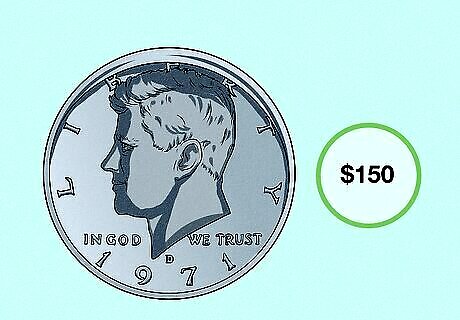
1971-D Struck on a Quarter Planchet In 2009, someone found a 1971-D Kennedy Half Dollar that was an error coin: it had been struck on a quarter planchet. That means the U.S. Mint stamped the half-dollar design onto a quarter coin blank. The error resulted in a coin weighing less than the typical half dollar, with its design partially cut off. Value: CONECA President Mike Diamond suggested uncirculated coins with this error were worth about $150 in 2009.
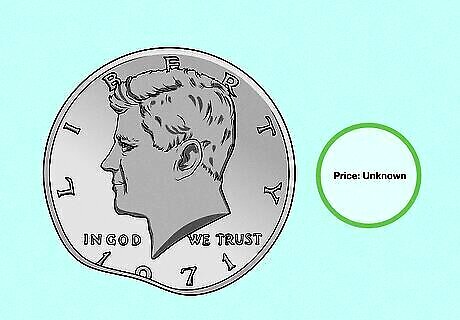
1971-D with Clipped Planchet Clipped planchet errors are when the blanks—the circular metal discs that are stamped with designs to become coins—have missing edges. These errors occur while the blanks are being punched out by a press. Because this is a common coin error, it’s among the less valuable. Value: Unknown.
Where to Sell 1971 Half Dollar Coins
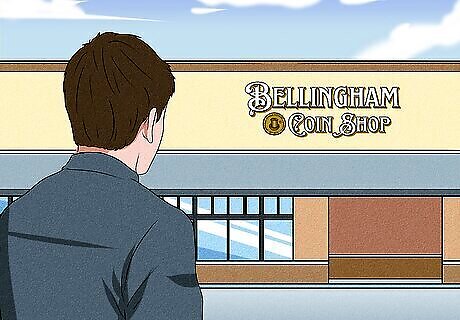
Sell coins to reputable local dealers to avoid shipping fees. If you’d rather not sell your coins on an online marketplace, find a local coin dealer near you. Not only does this method save you from paying for shipping, but the dealer may offer cheap or free appraisal services to estimate your coin’s worth before buying. Do your research to make sure the dealer is reputable before selling your coins to them.
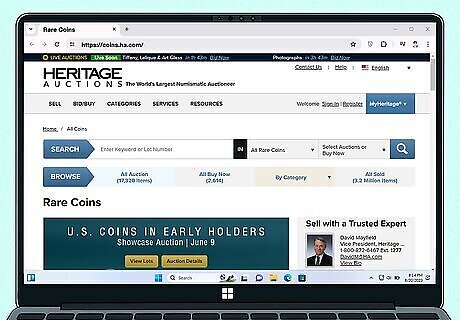
Sell high-value coins to auction houses. If you own 1971 Kennedy Half Dollar coins with valuable errors or in uncirculated, mint condition with high grades, you may be able to sell them to an auction house. This method takes more time, but if your coins are especially valuable, an auction ensures you get the highest possible asking price for them. Popular auction houses for rare coins include Heritage Auctions, Stack’s Bowers Galleries, and Warwick & Warwick (in the UK).
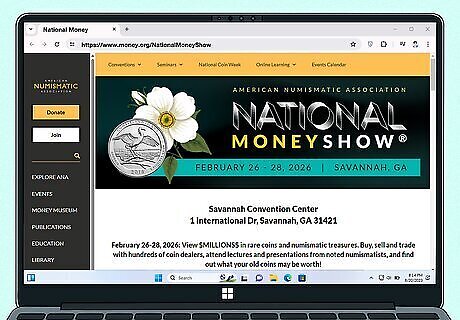
Sell coins at coin shows to reach more buyers. At a coin show, you have the opportunity to show multiple dealers from around the country (or globe) your coins. This might help you get a higher price than if you only visited a local dealer. Nationwide coin shows include the National Money Show and the World’s Fair of Money. Both are hosted by the American Numismatic Association.
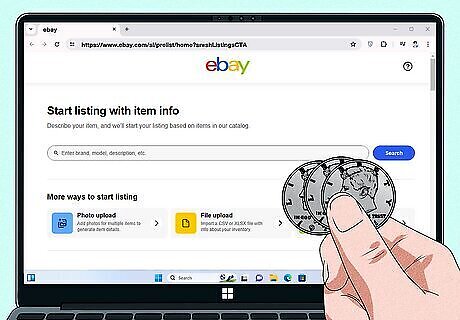
Sell coins online in bulk to quickly offload them. Create a listing for your 1971 Kennedy Half Dollar coins on a site like eBay. Use clear, high-quality photographs so shoppers know what they’re buying. Include an estimate of the coin’s condition and any damage in the listing. Research what other half dollars with the same mint mark and condition have sold for to price yours fairly. Since most 1971 Kennedy Half Dollars are only worth half a dollar, weigh if it’s worth selling them for a couple bucks—especially when you have to pay to ship them to a buyer.
History of the Kennedy Half Dollar
The U.S. Mint issued the Kennedy Half Dollar one year after his assassination. Lee Harvey Oswald assassinated President John F. Kennedy in 1963. A year later, in 1964, the Mint issued a silver 50-cent coin bearing Kennedy’s portrait to honor him. Jacqueline Kennedy chose the half dollar denomination over other denominations so Kennedy wouldn’t replace another President.
Gilroy Roberts and Frank Gasparro designed the two sides of the coin. Both were engravers at the Mint. The duo modified existing designs they’d made for a John F. Kennedy Presidential Series Medal a few years earlier. Roberts did the portrait for the obverse (heads) side of the coin, while Gasparro designed the Presidential Seal seen on the reverse (tails) side. They didn’t create new designs for the Kennedy Half Dollar because the Mint wanted to strike the new Half Dollar coins as quickly as possible. The obverse side of the coin has the words “LIBERTY” and “IN GOD WE TRUST.” The reverse side reads “UNITED STATES OF AMERICA” and “HALF DOLLAR.” “E PLURIBUS UNUM” is inscribed on the seal on the reverse.
Minting the coins made the government run low on silver. The 1964 Kennedy Half Dollars were made of 90% silver. Because of popular demand, the Mint struck 410 million of the coins, continuing to make them into 1965. This depleted the government’s supply of silver. Facing a worldwide shortage, the coins became silver-clad in 1965 until silver was eliminated from them in 1971.
Final Thoughts
Most 1971 Kennedy Half Dollar coins are only worth face value. Whether because they’re common, in poor condition, or both, the majority of 1971 Kennedy Half Dollar coins are only worth half a dollar. If you happen to have an uncirculated, mint-condition coin or a rare error coin, congrats! Otherwise, hold on to your half dollar as a memento of one of America’s most venerated leaders. Even if your coin isn’t rare at the moment, it might become rare many years on. Consider saving it to pass on to the next generation in the hopes it appreciates.
Frequently Asked Questions
How can you tell if your 1971 half dollar is rare? To identify a rare 1971 half dollar, first inspect it for errors. Common errors are off-center minting, being struck on the wrong planchet, double strikes, and planchet clips. To verify that the error came from the minting process and not from the coin being in circulation, have a reputable coin dealer or coin grading company inspect the coin. 1971 half dollars without errors aren’t rare. The 1971 Kennedy Half Dollar mintages are 155,164,000 (no mint mark), 302,097,424 (“D” mint mark), and 3,220,733 (“S” mint mark proof). Uncirculated, mint-condition 1971 Kennedy Half Dollar coins aren’t rare per se, but can be worth thousands on the open market.
Does a 1971 D half dollar have silver in it? No, 1971 D, S, and unmarked Kennedy Half Dollar coins don’t contain silver. Because of low global silver supplies, the U.S. Mint stopped using silver in its half dollars beginning in 1971. 1971 D half dollars and similar coins are made of a copper-nickel clad alloy like the one used in dimes and quarter dollars.
Where is the mint mark on a 1971 half dollar? The mint mark appears below Kennedy’s profile and above the year on 1971 half dollars. This is on the “heads” or obverse side of the coin. A “D” mint mark means they minted the coin in Denver. An “S” mint mark refers to San Francisco. No mint mark means they minted the coin in Philadelphia, which didn’t use a “P” mint mark until 1980.
What are some other rare and valuable coins? Other rare and valuable coins to look out for in your collection are the 1913 Liberty Head V nickel, the 1796 Draped Bust quarter, the 1918-D 8 over 7 Buffalo nickel, the 2000 Sacagawea Mule with George Washington’s head, and the 1909-P VDB proof Lincoln wheat penny. Even if your coins aren’t rare or especially valuable, each one represents part of history. Coins passed down by family members may also have sentimental value.










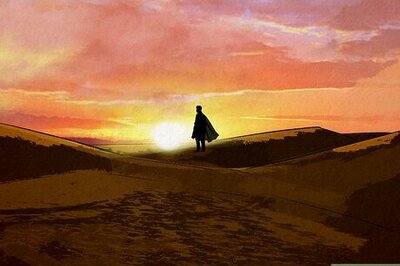

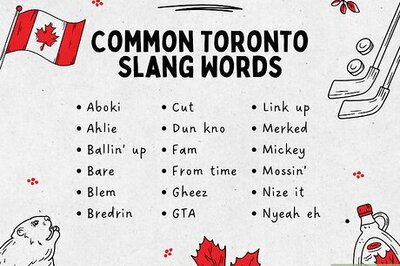

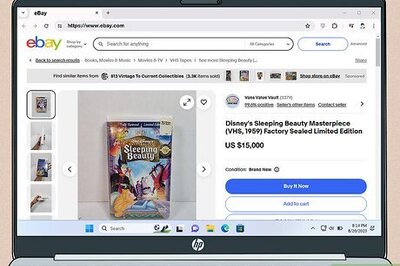



Comments
0 comment